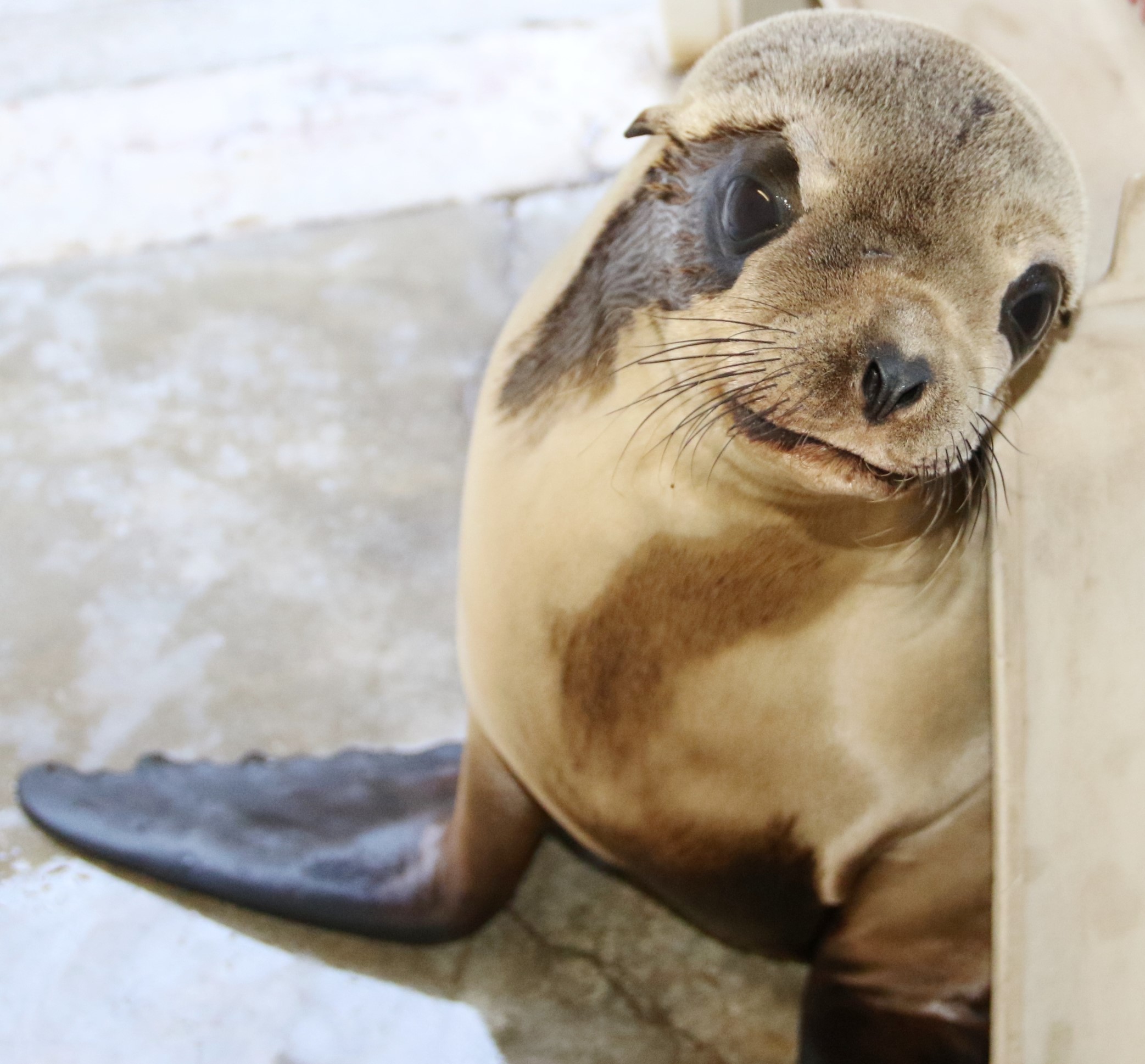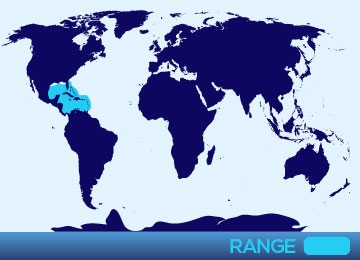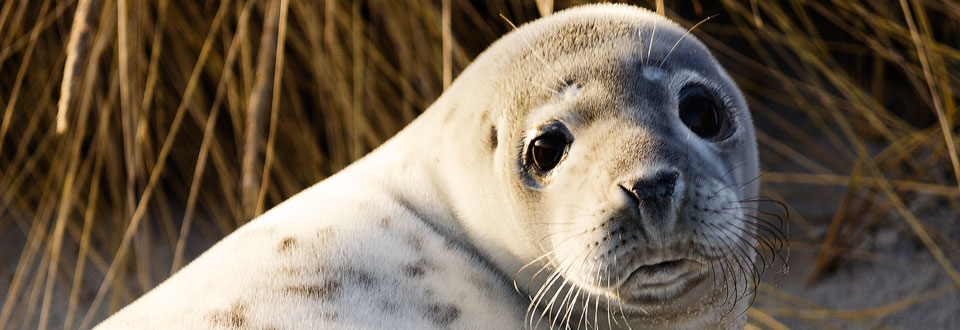
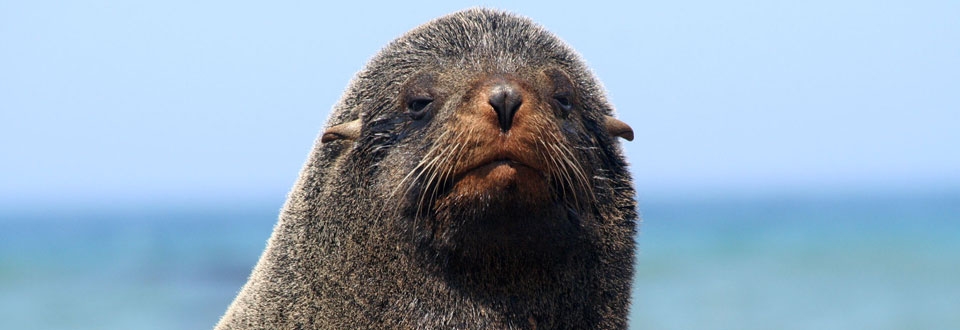
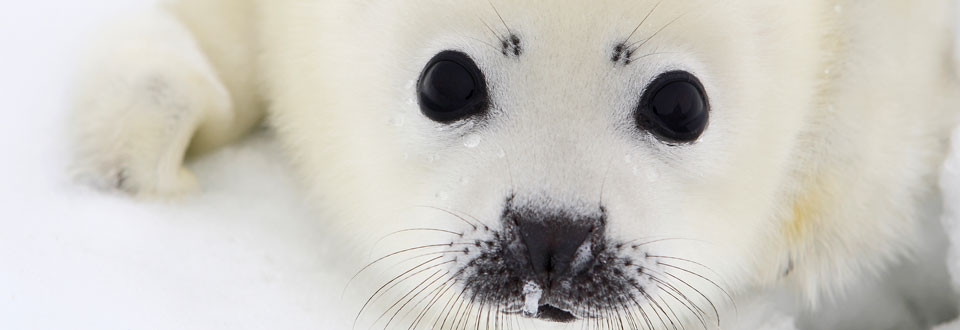
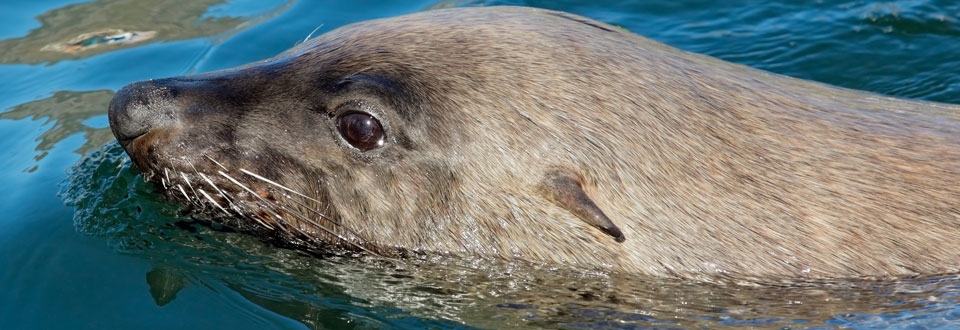
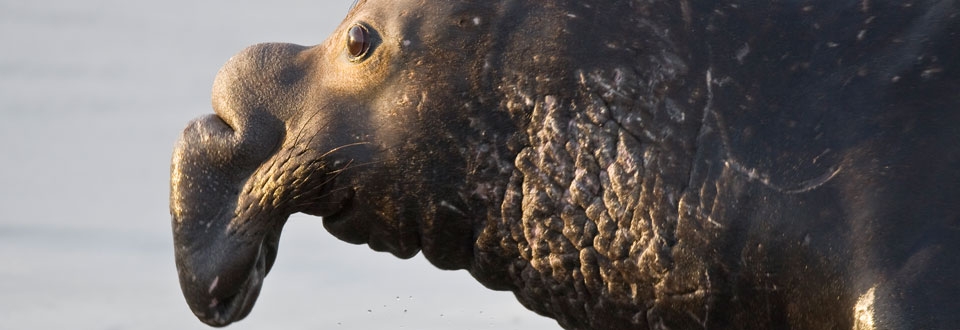
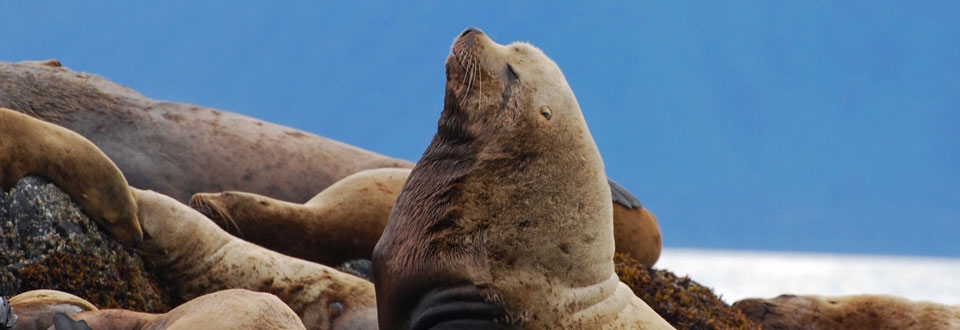
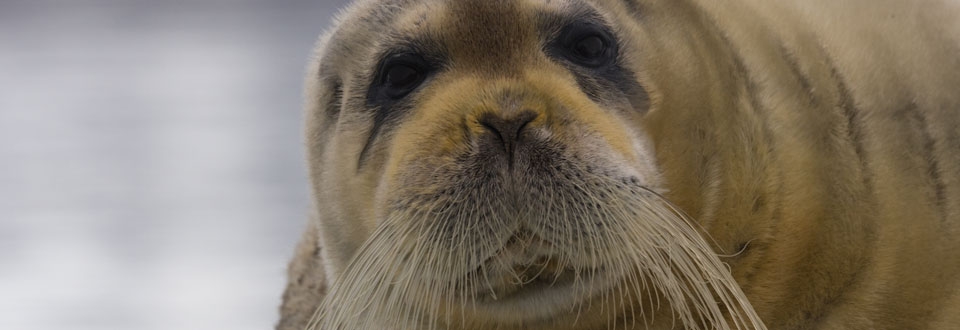
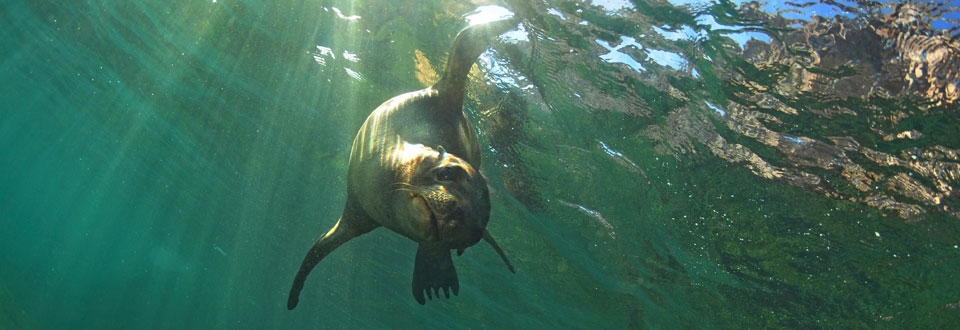
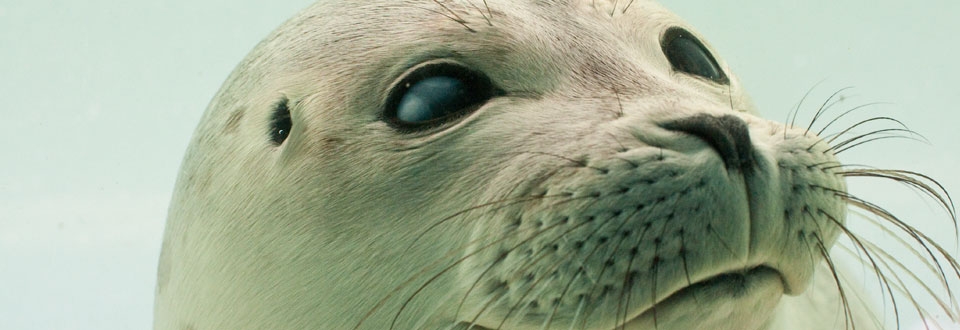
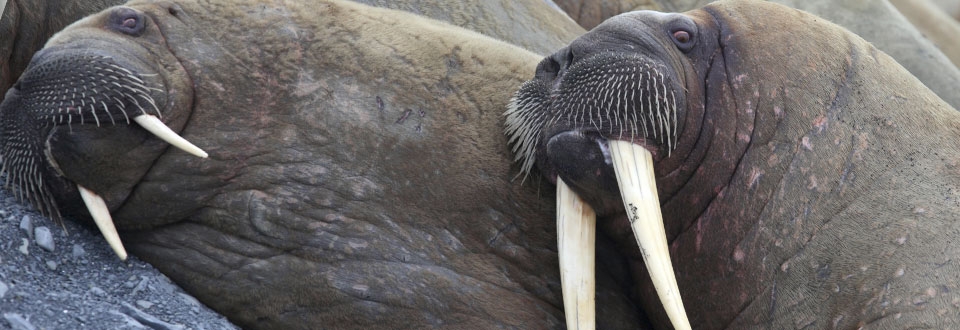
Pinniped Species
All
x
- – No known individuals remaining.
- – Known only to survive in captivity, or as a naturalized population outside its historic range.
- – Extremely high risk of extinction in the wild.
- – High risk of extinction in the wild.
- – High risk of endangerment in the wild.
- – Likely to become endangered in the near future.
- – Lowest risk. Does not qualify for a higher risk category. Widespread and abundant taxa are included in this category.
- – Not enough data to make an assessment of its risk of extinction.
- – Has not yet been evaluated against the criteria.
Caribbean Monk Seal
- – No known individuals remaining.
- – Known only to survive in captivity, or as a naturalized population outside its historic range.
- – Extremely high risk of extinction in the wild.
- – High risk of extinction in the wild.
- – High risk of endangerment in the wild.
- – Likely to become endangered in the near future.
- – Lowest risk. Does not qualify for a higher risk category. Widespread and abundant taxa are included in this category.
- – Not enough data to make an assessment of its risk of extinction.
- – Has not yet been evaluated against the criteria.
Caribbean monk seals are the only pinniped species to be extinct. Historically, they had a widespread range throughout the Caribbean Sea, Gulf of Mexico, and West Atlantic Ocean. Their distribution also included the east coast of Central America and north coast of South America. In the Caribbean, they were known to occur in the Greater and Lesser Antilles, Cuba, Jamaica, and other local waters (Shirihai and Jarrett 2006). There are historical records of breeding grounds in the Bahamas and Yucatan, Mexico. Little is known about their migration patterns and other movements.
Caribbean monk seals had a fairly large and robust body, along with a distinctive head and face. The head was rounded with an extended broad muzzle. When compared to the body, the front flippers were relatively short while the hind flippers were slender. Their coloration was brownish and/or grayish, with the underside was lighter than their back. Adults tended to be darker in color than the pups, who were more pale and yellow.
Eels, reef fish, octopus, and spiny lobster
Caribbean monk seals were found in warm temperate, subtropical and tropical waters of the Caribbean Sea, Gulf of Mexico, and the West Atlantic Ocean. They were likely to haul out on low sandy beaches above high tide that were on isolated and secluded atolls and islands. They also occasionally would visit the mainland coasts and deeper waters offshore. This species may have fed in shallow lagoons and reefs.
Caribbean monk seals had a long pupping season, which is not uncommon for pinnipeds living in subtropical and tropical habitats. In Mexico, breeding season peaked in early December. Females had four retractable nipples where their pups would nurse from. Newborn pups were probably about 3.3 ft (1 m) in length and weighed 35-40 lbs (16-18 kg) and had a sleek, black coat when born (Jefferson et al. 2008)
In 2008, NMFS concluded that the species Caribbean Monk Seal is extinct. The IUCN Red List of Threatened Species also considers Caribbean monk seals to be "Extinct."
When Spanish explorers arrived from Europe, hunters began killing Caribbean monk seals. Caribbean monk seals were targeted for their fur, hides, meat and oil. Due to their non-aggressive and tame behavior, hunters were able to closely approach these seals. They were also captured and killed for display in museums and zoos. Fishing, coastal development and other exploitation activities began disturbing the critical and vital habitat of these seals and depleting their prey resources.
Columbus first sighted the animals in 1494 and called them "sea wolves." Caribbean monk seals were also known to have algae growing on their pelage, giving them a slightly greenish appearance, which is similar to Hawaiian monk seals.




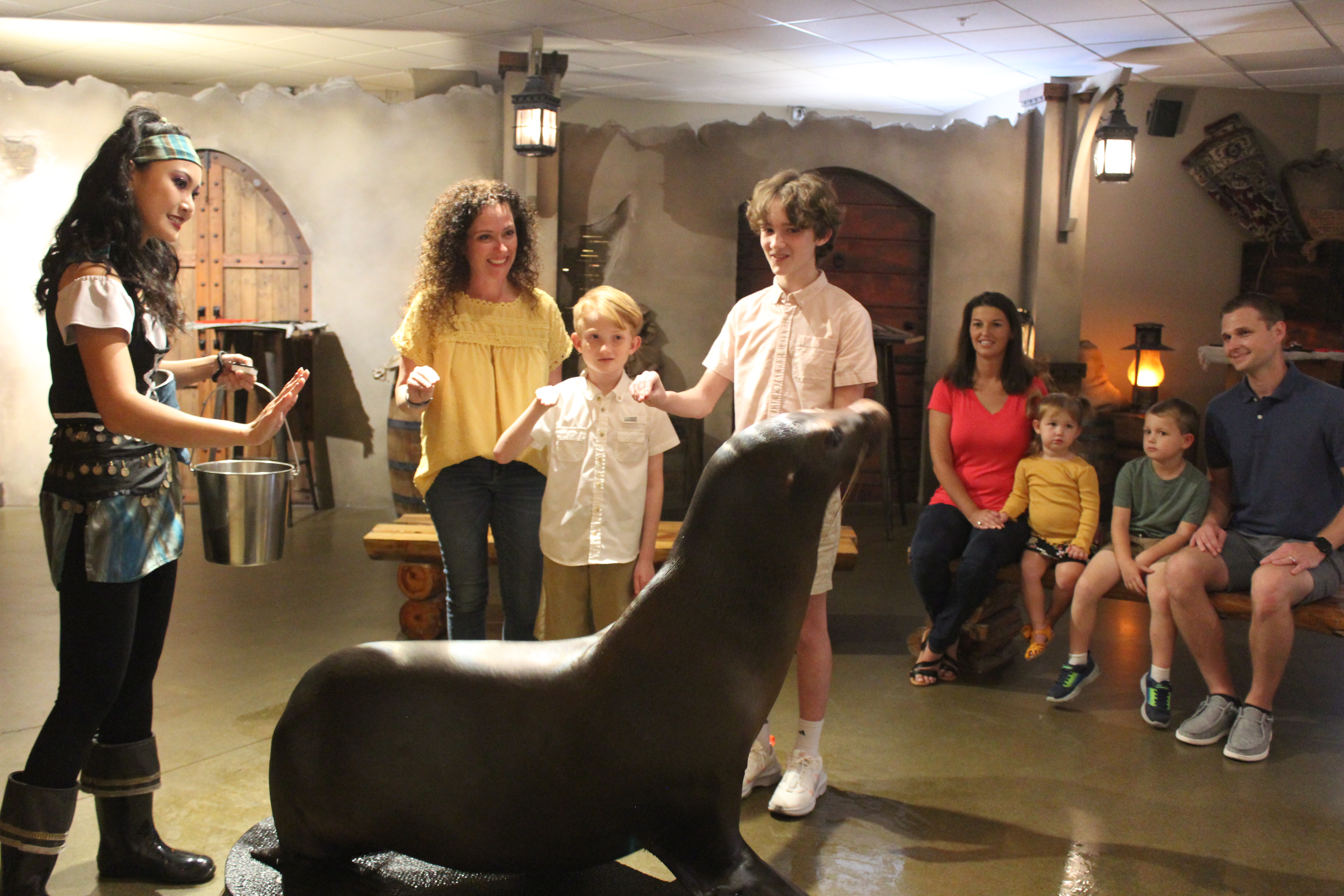 Animal Encounter
Animal Encounter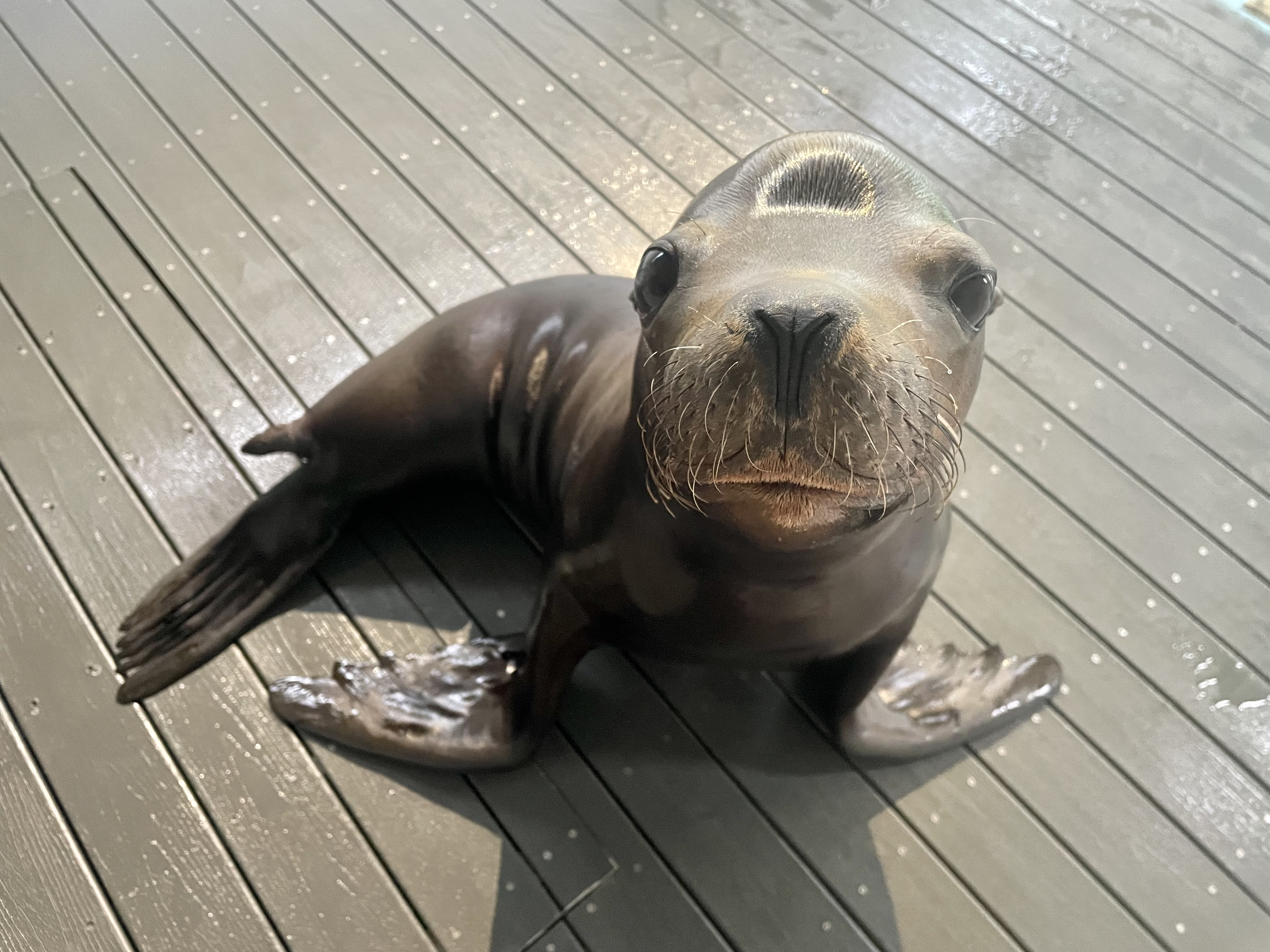 Our Locations
Our Locations
 Family Fun
Family Fun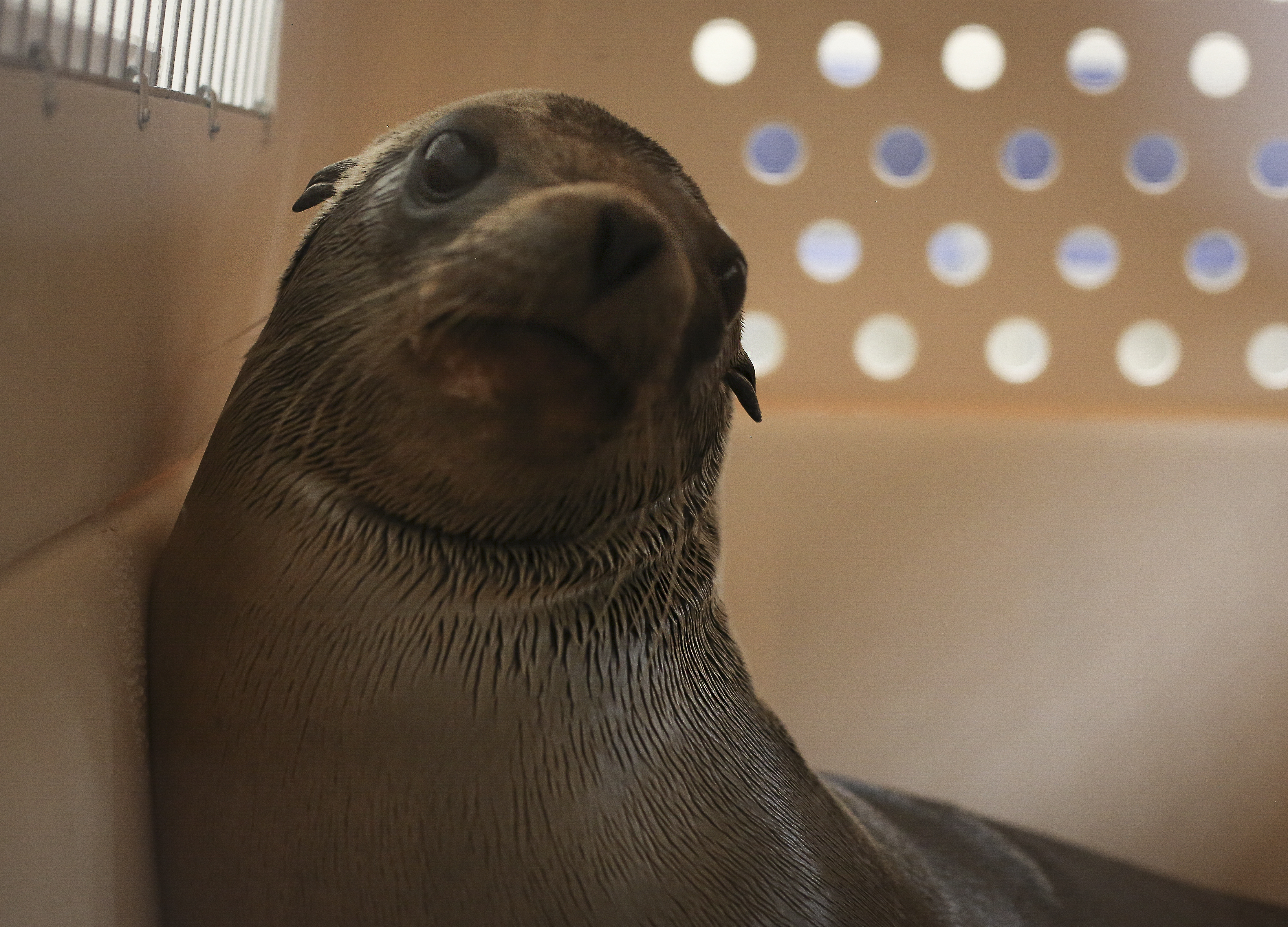
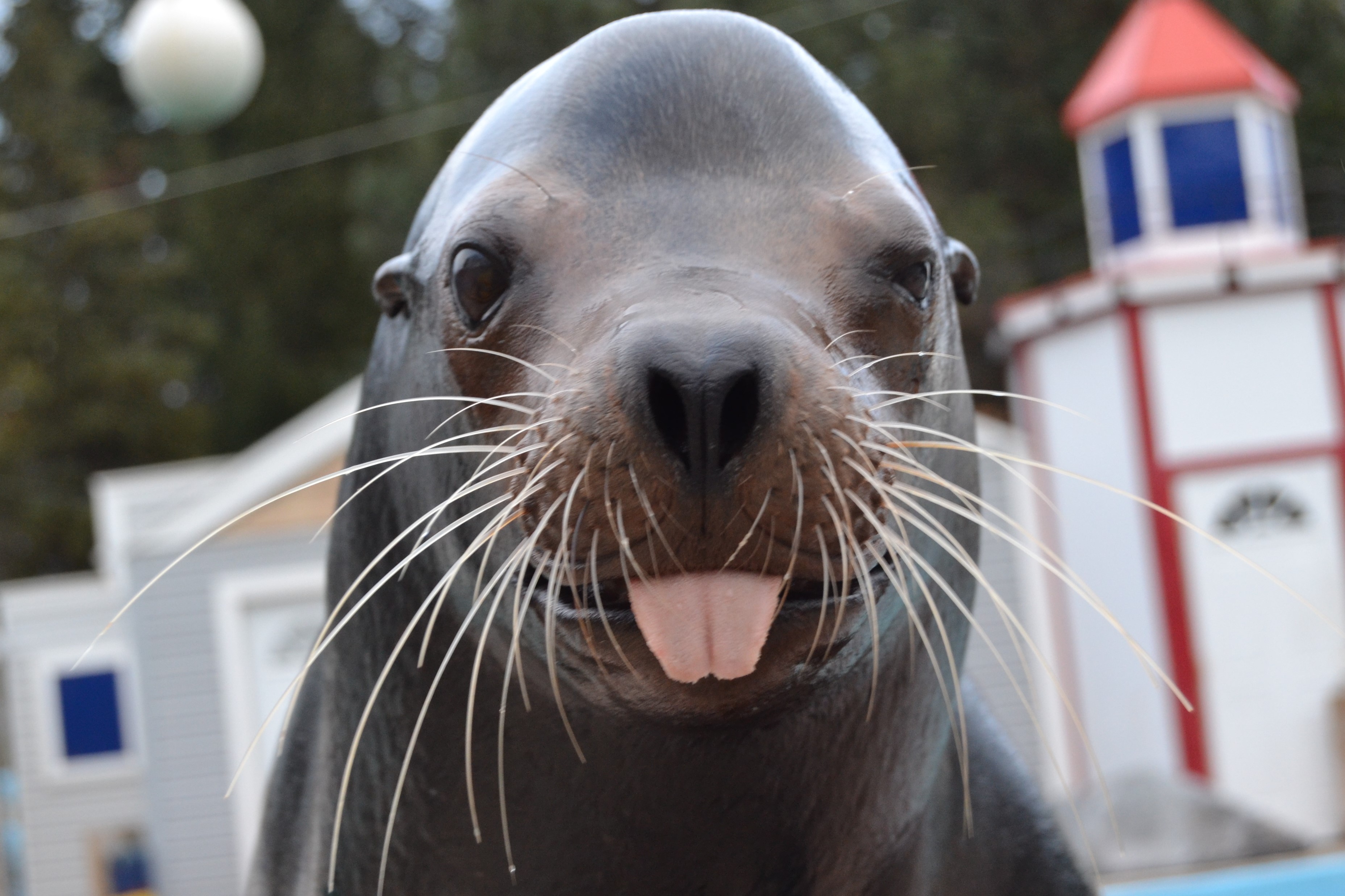
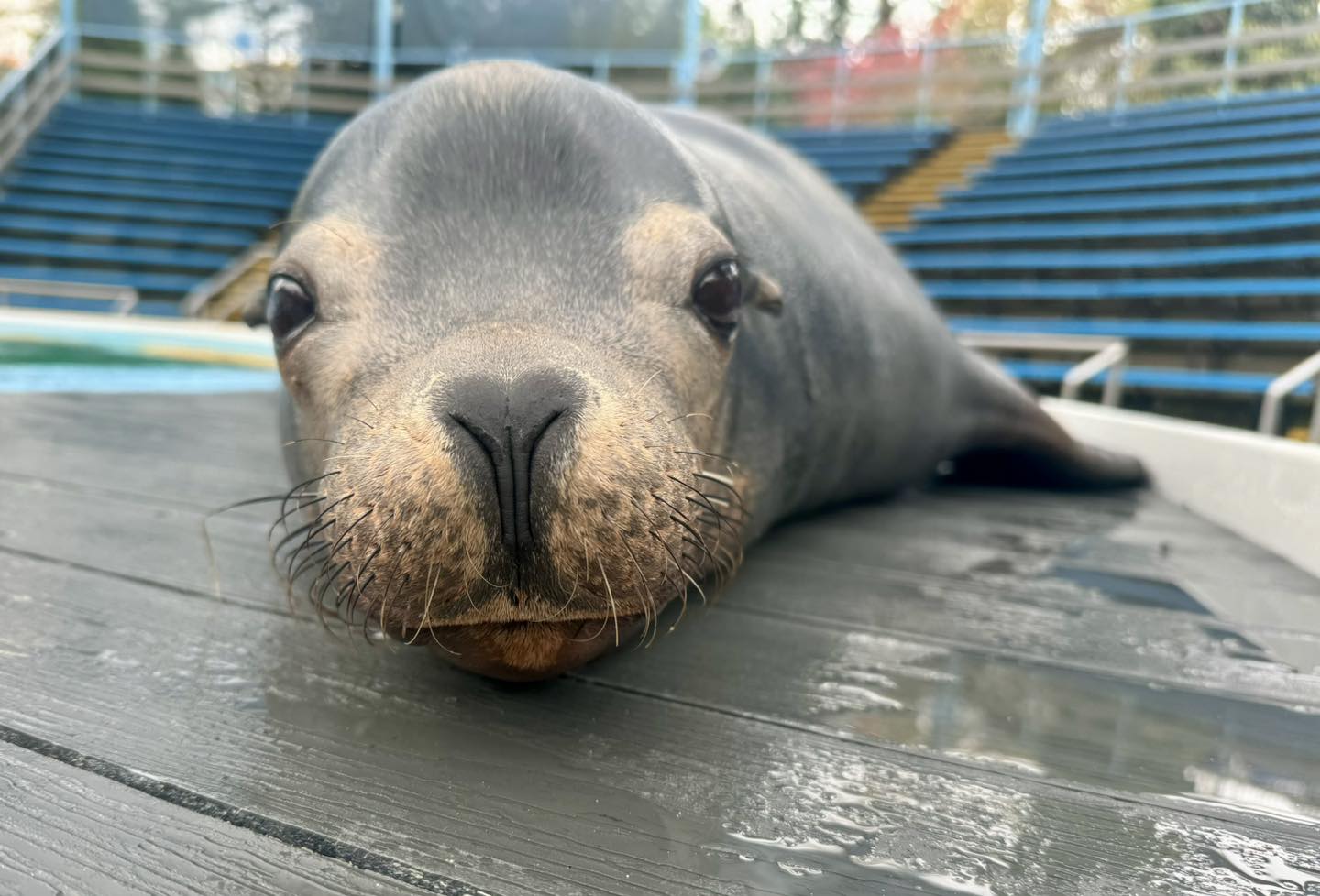 Meet Ripley!
Meet Ripley!

